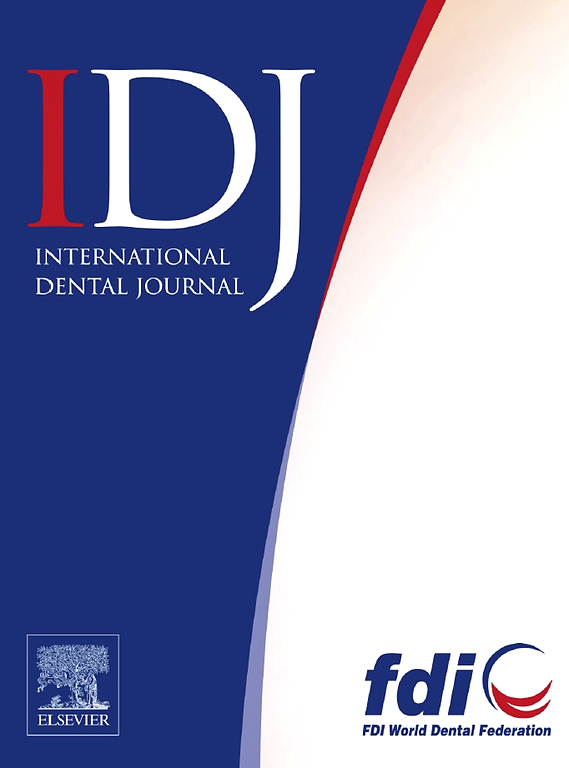揭示牙周炎发病机制中细胞外囊泡的分子网络
IF 3.7
3区 医学
Q1 DENTISTRY, ORAL SURGERY & MEDICINE
引用次数: 0
摘要
目的:通过整合整体RNA-seq、单细胞RNA-seq和因果遗传分析,探索牙周炎的evs相关基因(ERGs)网络。方法使用GEO和eQTLGen数据集,通过SMR和差异基因分析鉴定牙周炎相关的ERGs。通过药物再利用和分子对接来预测潜在的治疗方法,而机器学习则建立了有效的预测模型。结果在随后的单细胞序列和反卷积分析中,smr优先筛选出主要表达于NK细胞和CD8 + T细胞的9种致病ERGs (CD34、TLR4、TIMD4、ENPP4、HLA-DRA、HLA-B、ENDOD1、PSMA4和HSPB1)。地塞米松通过与HSPB1结合而成为最有希望的药物。使用机器学习开发的预测模型在验证中获得了稳健的准确性(XGBoost: AUC = 0.836)。主要生物学途径包括凝血、止血细胞、粘附分子等。结论通过多种分析整合,我们确定了牙周炎发病机制的核心ERG网络。诊断模型和重新利用的药物提供了转化途径,需要进一步的实验验证。本研究确定了与牙周炎相关的ERGs并对其进行了排序,阐明了其分子机制,为未来的功能验证和临床风险评估奠定了基础。本文章由计算机程序翻译,如有差异,请以英文原文为准。
Uncovering the Molecular Networks of Extracellular Vesicles in the Pathogenesis of Periodontitis
Objectives
The aim of the study is to explore EV-related genes (ERGs) networks underlying periodontitis by integrating bulk RNA-seq, single-cell RNA-seq, and causal genetic analysis.
Methods
Using GEO and eQTLGen datasets, we identified periodontitis-associated ERGs through SMR and differential gene analysis. Potential therapeutics were predicted via drug repurposing and molecular docking, while machine learning built validated predictive models. Functional enrichment revealed pathogenic pathways, and scRNA-seq explored ERGs in tissue, peripheral blood, and diabetes-comorbid periodontitis cases
Results
SMR prioritised nine causal ERGs (CD34, TLR4, TIMD4, ENPP4, HLA-DRA, HLA-B, ENDOD1, PSMA4 and HSPB1) that were mainly expressed in NK cells and CD8⁺ T cells in the subsequent single cell sequence and deconvolution analysis analysis. Dexamethasone emerged as the most promising drug via binding to HSPB1. The predictive models developed using machine learning achieved robust accuracy (XGBoost: AUC = 0.836) in validation. Key biological pathways included blood coagulation, hemostasis cell, and adhesion molecules, and so on.
Conclusion
Through multiple analyses integration, we defined an ERG network central to periodontitis pathogenesis. The diagnostic model and repurposed drugs offer translational avenues, requiring further experimental validation.
Clinical Relevance
This study identified and prioritised periodontitis-associated ERGs, elucidated their molecular mechanisms, and established a foundation for future functional validation and clinical risk assessment.
求助全文
通过发布文献求助,成功后即可免费获取论文全文。
去求助
来源期刊

International dental journal
医学-牙科与口腔外科
CiteScore
4.80
自引率
6.10%
发文量
159
审稿时长
63 days
期刊介绍:
The International Dental Journal features peer-reviewed, scientific articles relevant to international oral health issues, as well as practical, informative articles aimed at clinicians.
 求助内容:
求助内容: 应助结果提醒方式:
应助结果提醒方式:


